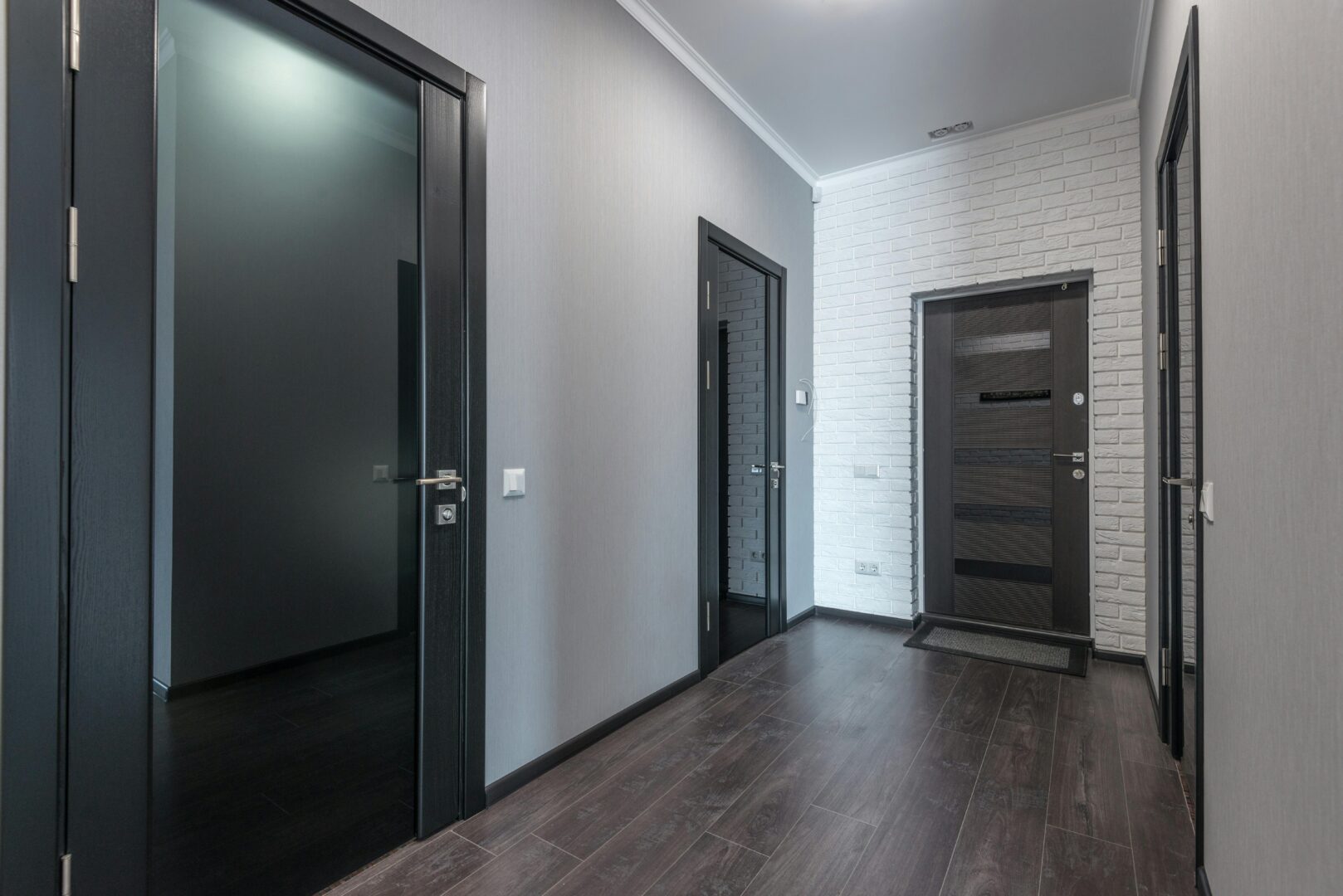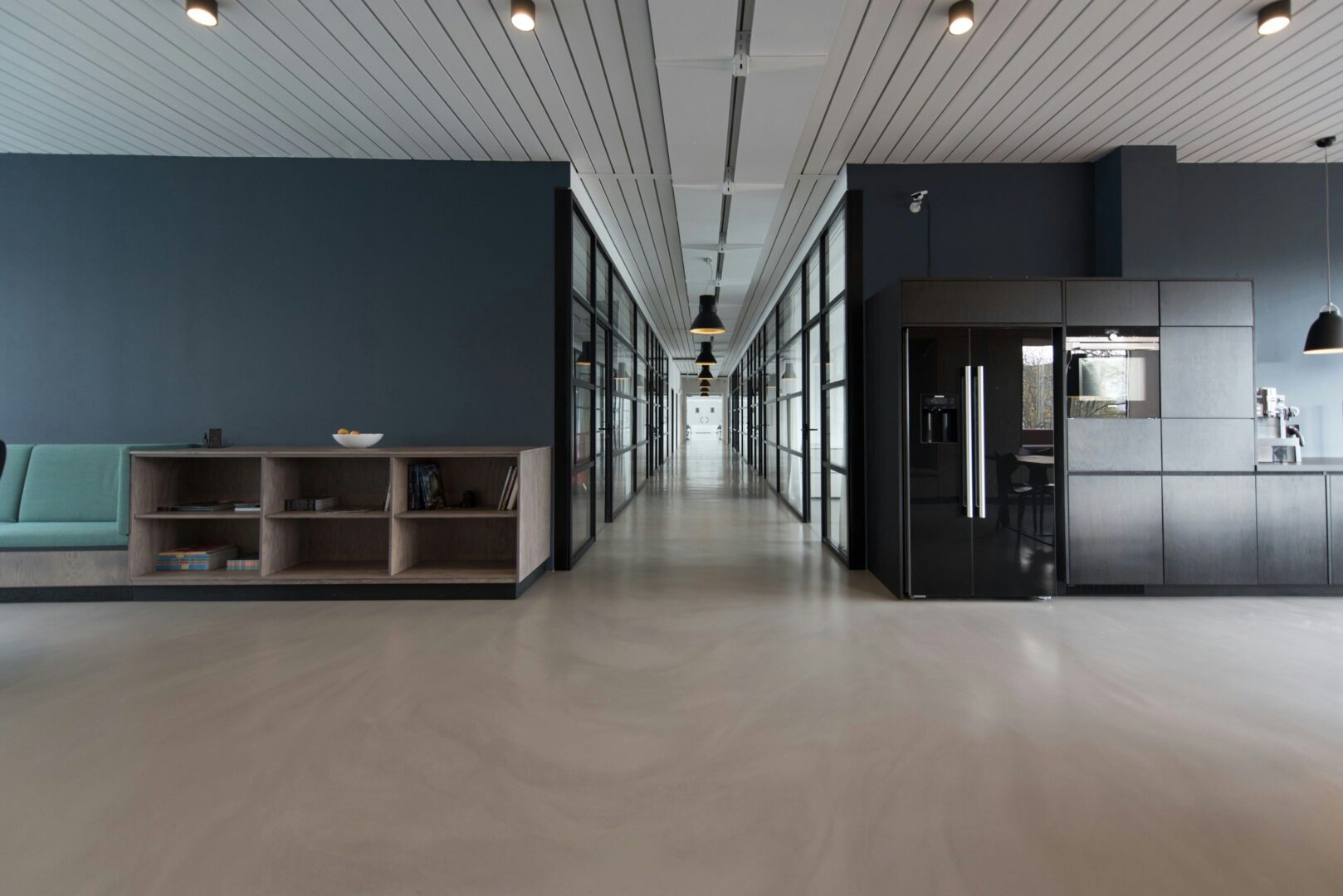Phased Evacuation:
Phased evacuation can be incorporated where there are fire-resisting materials included in the building’s architecture. In this strategy, the first individuals to move out of the building are those with impaired capability and those in close proximity to the fire, unless their PEEP mandates otherwise.
The remaining places are then cleared out in phases. The phase intervals can either be ‘vertical phased’ or ‘horizontal phased’ evacuation. In a building employing the phased strategy, avoid evacuating simultaneously to avoid the escape routes exceeding the capacity population of efficient movement.
Progressive Horizontal Evacuation:
Progressive horizontal evacuation entails moving people to an adjoining fire section on the same floor, from where they can clear out to a location of ultimate safety.
This evacuation strategy may be suitable for institutions such as care homes and hospitals, where fire-resistant rooms are available or locations where treatment can proceed until the fire has been put out.
You should note that horizontal evacuations are risky and take time, so extra fire precautions may be needed. This includes fore control areas, voice alarm systems, fire extinguishers, sprinklers distributed appropriately, or compartmentation of the building (using fire-resistant materials).
Defend In Place:
Certain situations may need the inhabitants inside the building to remain right where they are and allow the firefighters to put out the fire. This approach depends on firefighting measures undertaken to protect the delegated areas.
This strategy is perfect for healthcare facilities where occupants don’t have the ability to move. In most cases, the occupants in question may rely on life-supporting machinery and other essential equipment. The ‘defend in place’ approach of handling fires enables the hospital staff to keep patients where they are as they continue to receive treatment.
Stay Put:
In a ‘stay put’ approach, when there’s a single flat fire, the inhabitants of that flat will clear out, and all the remaining occupants in the flat will be safe only if they remain where they are. A ‘Stay Put’ policy approach entails the following:
- When a fire erupts in a flat, the inhabitants warn other occupants inhabiting the flat, get out of the premises calmly and call the fire brigade for immediate help.
- If a fire erupts in common areas of the building, anybody in that area should get out of the building and call the Fire and Rescue immediately.
- All other occupants not in immediate danger of the fire would preferably remain where they are unless otherwise instructed by the Fire and Rescue Service.
However, this doesn’t suggest that inhabitants not directly affected by the fire who want to get out of the building should be impeded. Nor does it stop those clearing out of a flat that’s on fire from warning their flat neighbours of the danger, allowing them also to evacuate if they don’t feel safe.
There isn’t any Building regulation in place that provides passive or active fire protection guidelines, which would enable another option to the Stay Put Strategy.
A good risk assessor will determine which strategy is best for your building based on the building design, use and fire alarm system. Not sure which strategy you should adopt? Not sure about fire regulations? Let London’s premier fire risk assessment company assist you. Whether it is a London fire risk assessment or a London fire strategy report, Call us today for a no obligation and competitive quote. We are ranked by Google as the number one London fire safety company for a reason.








